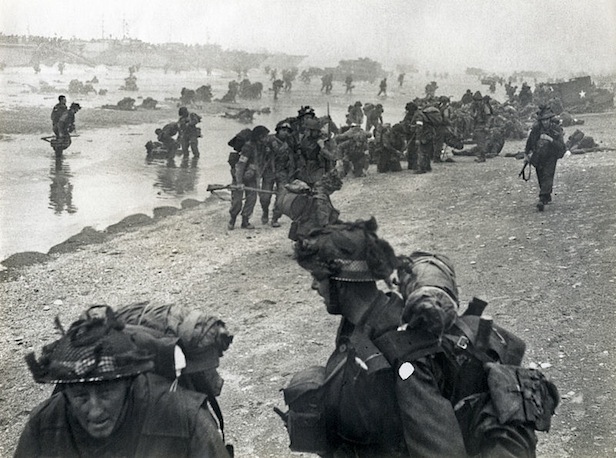D means… what?
So innocuous an origin that it’s actually amazing – D-Day means simply ‘date’, which along with H-Hour – ‘time’ – were used by the US Army as far back as World War I as shorthand in briefings.
Eisenhower prepares for failure
Eisenhower prepared a speech, which he would give along with his resignation if D-Day failed: “The troops, the air and the Navy did all that bravery and devotion to duty could do. If any blame or fault attaches to the attempt it is mine alone.”
Hitler’s kamikaze U-boats
As D-Day began, Hitler ordered U-Boat captains to proceed full speed to Normandy and fire all their torpedoes before ramming their vessels into Allied battleships. No U-Boats were near enough to take advantage of this particular suicide mission.
Famous faces on the beaches
The Catcher In The Rye author JD Salinger fought at D-Day in the US Signal Corps; Star Wars and The Bridge On The River Kwai actor Alec Guinness was a seaman on a D-Day landing craft; Star Trek actor James Doohan was an officer in the Canadian Army and one of the first onto Juno Beach; while The Longest Day and Tora, Tora, Tora director John Ford witnessed the troops land as a US Navy officer on board the USS Plunkett and filmed newsreel footage on the beach.
The french resistance went all out
In the run-up to D-Day the French Resistance delivered 3,000 written reports and 700 radio reports on German defenses in Normandy, and the night before D-Day they launched a massive attack, cutting phone lines, blowing up ammo dumps, ambushing convoys, assassinating senior Nazi officers and disabling over 40 German trains. Thanks to them, German reinforcements were held up.
For everything you need to know about the daring assault that saved Europe, check out issue 13 of All About History, featuring a definitive 10 page guide. You can buy it online here.

